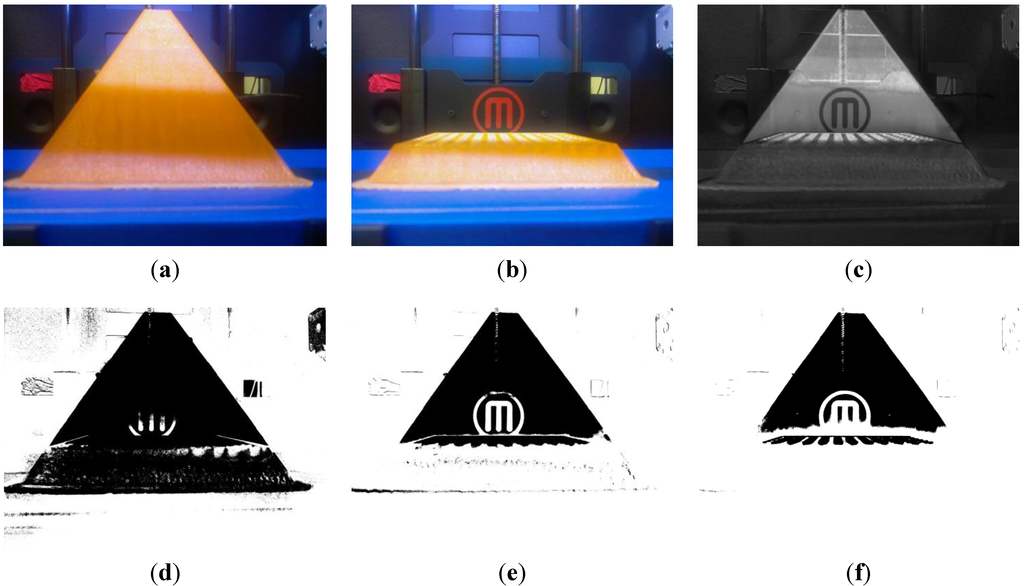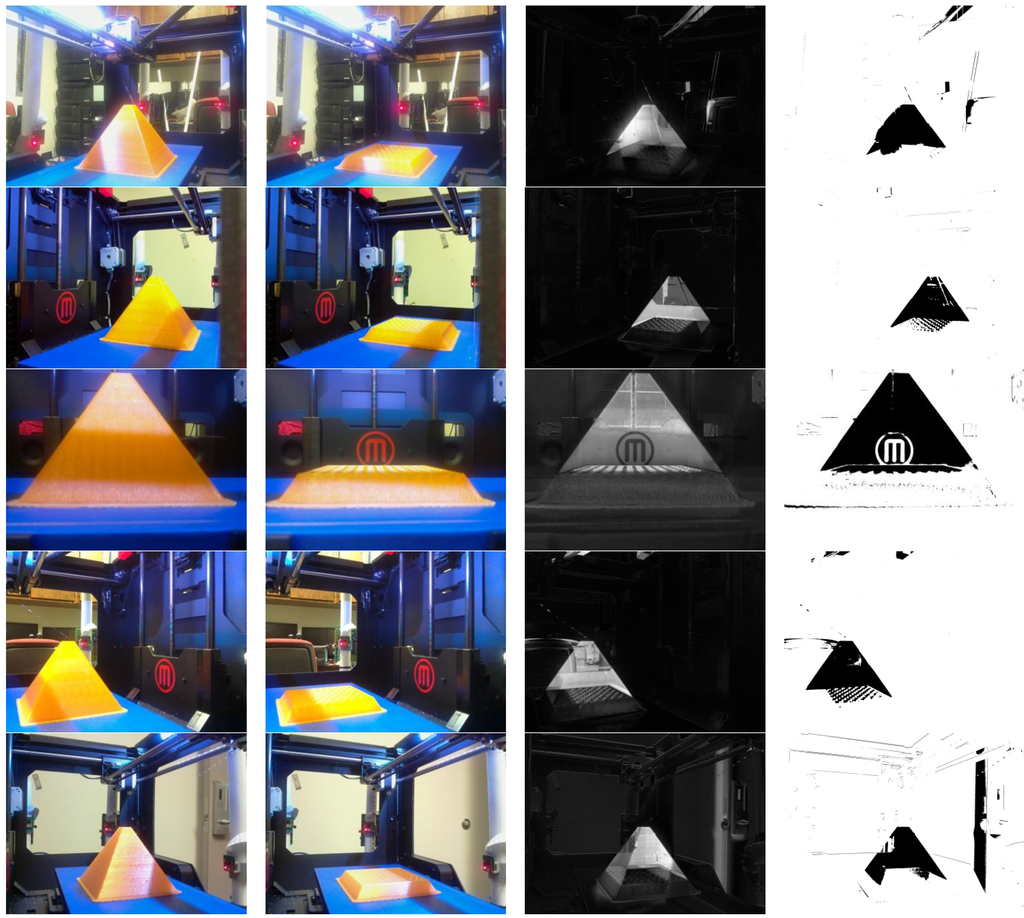Eliminating Cyberterrorism in 3D Printing: University of North Dakota Research Offers Further Solutions in Assessing 3D Technology
 It’s very easy to get caught up in the excitement of 3D printing and all the innovation it has to offer—items you never considered before spanning the gamut—from 3D printed women’s armor to engines for luxurious private planes. You may be working from the desktop creating jewelry in silver or perhaps from your university lab making a 3D printing prosthetic for a child who would greatly benefit from a replacement limb. The point? There’s a lot going on. And while the benefits of all these new products are certainly enormously positive, the technology overall needs to be considered on multiple other levels as well, from copyrighting issues and managing the amount of ‘sharing’ going on within the community to, even more importantly—security.
It’s very easy to get caught up in the excitement of 3D printing and all the innovation it has to offer—items you never considered before spanning the gamut—from 3D printed women’s armor to engines for luxurious private planes. You may be working from the desktop creating jewelry in silver or perhaps from your university lab making a 3D printing prosthetic for a child who would greatly benefit from a replacement limb. The point? There’s a lot going on. And while the benefits of all these new products are certainly enormously positive, the technology overall needs to be considered on multiple other levels as well, from copyrighting issues and managing the amount of ‘sharing’ going on within the community to, even more importantly—security.
Reaping the rewards of new technology is something we all look forward to, but as so many 3D files are being produced around the world today, questions regarding cyberterrorism come into play, with the worry that a variety of bugs and defects could be placed into prints and the operator would be completely unaware, until the piece began to lose its integrity over time. This takes on very serious meaning if you are considering 3D printed components like engines, fuel nozzles, medical devices, structural components in buildings, and more.
While testing and quality assurance are well in place at most companies producing 3D printed parts of such a nature, what if this defect were so integrated into the layers of a part that no one could see them? This was the recent topic of discussion in an article I wrote regarding cybersecurity, with information produced by engineers at the NYU Tandon School of Engineering.

“Examination of various threshold levels: (a) complete object; (b) partially printed object; (c) showing difference between partial and complete object; (d) threshold of 50; (e) threshold of 75; (f) threshold of 100.”
In, ‘Manufacturing and Security Challenges in 3D Printing’ by Steven Eric Zeltmann, Nikhil Gupta, Nektarios Georgios Tsoutsos, Michail Maniatakos, Jeyavijayan Rajendran, and Ramesh Karri, the team warns of potential security issues that could happen as designers and engineers are working in files. Printing orientation and insertion of fine defects are the concern.
“These are possible foci for attacks that could have devastating impact on users of the end product, and economic impact in the form of recalls and lawsuits,” said Nikhil Gupta, materials researcher and an associate professor of mechanical engineering at the New York University Tandon School of Engineering.
Now, if you weren’t worried enough after reading the information in my previous article, Jeremy Straub from the University of North Dakota recently contacted me to fill us in on the rest of the story, as last year he published a paper already examining solutions to the very problems the NYU researchers had noted. He also noted that there is much more we need to be cautioned about, aside from the aforementioned problems to be solved.
“It is important to note that, particularly as 3D printing becomes a greater part of our everyday lives, its assessment will become critical to prevent failures and injury,” Straub, PhD, MBA, at the Department of Computer Science for UND, told 3DPrint.com. “Even small pieces of excess extrusion may represent choking hazards for young children. Expecting a busy retail clerk to reliably identify both these overt and potentially less visible structural defects is a recipe for bad results.”
“The work of the NYU researchers in highlighting the importance of the solution (by more fully characterizing the problem) is a critical part of this story.”
Straub delved into the topic further however, in his paper, ‘Initial Work on the Characterization of Additive Manufacturing (3D Printing) Using Software Image Analysis,’ published in Machines. There, Straub himself hones in on the importance of assessment in this technology which is becoming so popular around the world. Demonstrating how model-based assessment can be used to detect issues within parts, Straub offers a multi-level solution.
The system is based around assessment that allows for the detection of material issues, possible or current equipment malfunction, and can be responsible for eliminating the cyberterrorism we are now forced to consider.
“An independent detection system, using a model of the expected output as a baseline, would be able to identify defects created by mal-operation as well as maliciously introduced ones,” commented Straub. “The level of separation that is practically required will depend on the severity of the impact of a defect, the likelihood of attack and what other countermeasures are in place to prevent or mitigate such an attack.”
While this solution is still sensor-based (a concern for the NYU team), Straub and his researchers contend that this system could be used with any position-correlated pixel-based sensing technology.
“Detection of defects (or the lack thereof) in bespoke industrial manufacturing may be safety critical and reduce or eliminate the need for testing of printed objects,” states the paper. “In consumer and prototype printing, early defect detection may facilitate the printer taking corrective measures (or pausing printing and alerting a user), preventing the need to re-print objects after the compounding of a small error occurs.”
According to Straub, even ‘microscope-detail-level imagery’ could be used to assess a 3D file or print, and object position issues or other more sizable changes would be discovered without challenge.
“These would, of course, require a user to select the desired printing orientation and would not attempt to detect an orientation selection mistake made due to human error,” states the UND team in their press release.
All of these findings and recommendations are part of ongoing work being supported by a North Dakota Department of Commerce Venture Grant.
“Future work will focus on the development and characterization of techniques to identify and characterize other types of defects (particularly including those where material is present but may have a structural fault),” Straub states in the paper. “It will also characterize different approaches that do not require imagery of a final object as a baseline for comparison purposes.”
UND is heavily involved in 3D printing, with the goal to see the technology advance on numerous levels. Currently they are working in the areas of: quality assessment technology development, space 3D printing technology development, human-scale scanning and printing, and large structure printing technology development. Discuss over in the UND & Assessing 3D Printing forum over at 3DPB.com.
[Source / Images: University of North Dakota]
“Images from all angles (at a 75 threshold level). The first column is the finished object image, the second column is the partial (stage 1) object. The third and fourth columns depict the partial-complete difference comparison and threshold-exceeding pixels identification.”
Subscribe to Our Email Newsletter
Stay up-to-date on all the latest news from the 3D printing industry and receive information and offers from third party vendors.
You May Also Like
World’s Largest Polymer 3D Printer Unveiled by UMaine: Houses, Tools, Boats to Come
The University of Maine has once again broken its own record by unveiling the largest polymer 3D printer in the world. Surpassing its 2019 achievement, the new Factory of the...
Changing the Landscape: 1Print Co-Founder Adam Friedman on His Unique Approach to 3D Printed Construction
Additive construction (AC) is much more versatile than it seems, at first: as natural as it is to focus on the exciting prospect of automated home construction, there’s far more...
Gorilla Sports GE’s First 3D Printed Titanium Cast
How do you help a gorilla with a broken arm? Sounds like the start of a bad joke a zookeeper might tell, but it’s an actual dilemma recently faced by...
3D Printing Webinar and Event Roundup: April 21, 2024
It’s another busy week of webinars and events, starting with Hannover Messe in Germany and continuing with Metalcasting Congress, Chinaplas, TechBlick’s Innovation Festival, and more. Stratasys continues its advanced training...






























